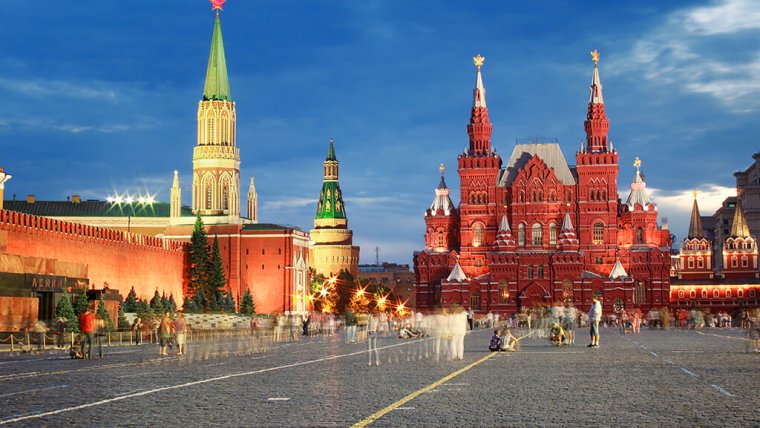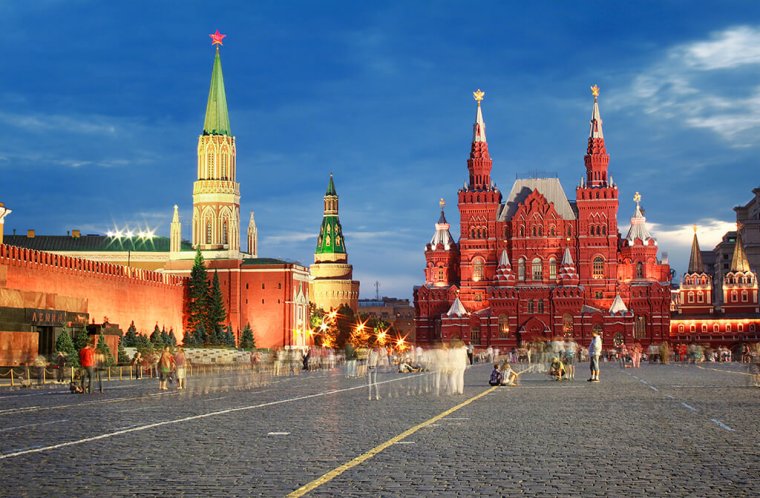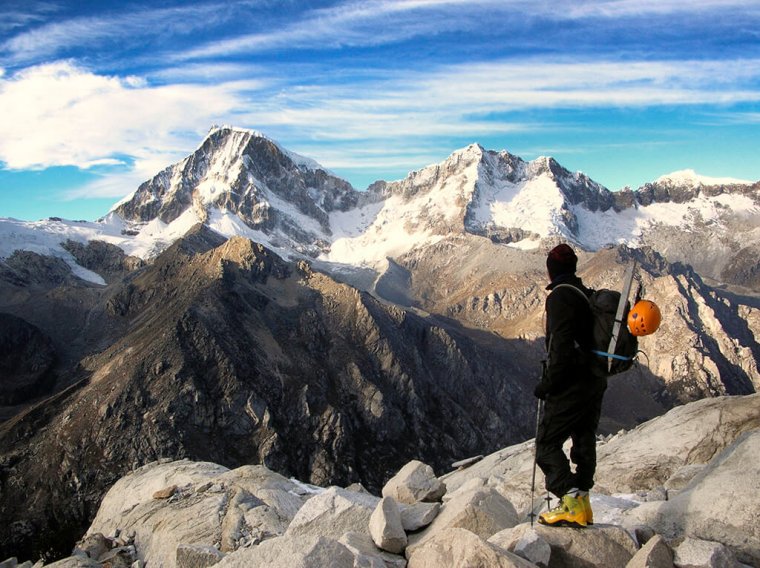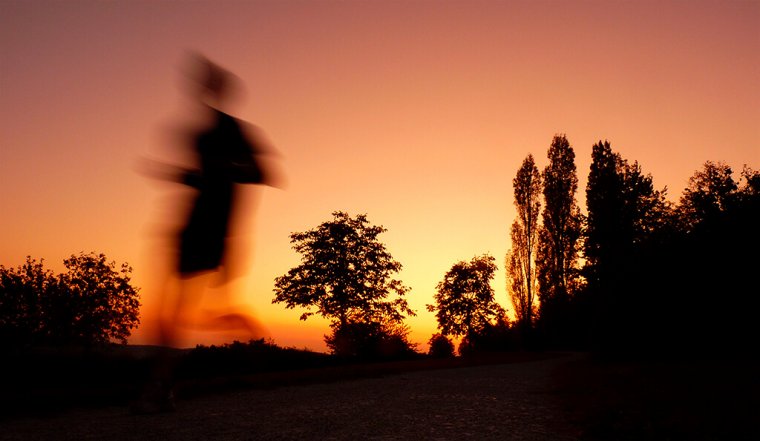
It is no secret that making good photos is not an easy task. While with the perfect light conditions it is possible to make an appealing photo with a point-and-shoot camera set to automatic mode by someone who is not interested in photography at all, this serendipitous situation is usually an exception.
Photography has two different facets: an objective and a subjective one. The objective one is related to technique, how to use specific gear on specific situations, understanding light, shadows, etc. The subjective one is related to composition. Training the eye, as it is sometimes referred to, involves making a lot of photos and being completely aware of your surroundings in order to identify locations and situations when it actually makes sense to take the camera out of the bag and start making photos.
The first aspect, the objective one, is complex and getting to learn all the skills necessary to make the most out of your gear (including camera, lenses, accessories and editing software) can take a very long time. The second one, though, is arguably much more complex and can take any photographer pretty much his/her entire life.

Most photographers, during the process of learning how to use their gear, will tend to produce their own versions of classic shots, especially when it comes to reproducible situations such as in landscape, travel and architecture photography. Getting to a given point of view, setting your tripod and playing with the settings of your camera while you take a ‘classic’ shot (such as the skyline of New York from the Rockefeller Center shown above) can teach you a lot in terms of composition and how your camera reacts to different lighting conditions.
However, some people tend to dismiss these shots and many are of the opinion that you should either avoid taking such photos altogether or, at least, refrain from showcasing them in your portfolio. Their basic point of view is that each photographer should develop his/her particular signature when it comes to composing images and anything that resembles reproducing someone else’s work simply lacks any value.
Of course, for most people photography is just another hobby, so you might think what should I care? On the other hand, some people, especially newcomers to the hobby might feel confused about it, thinking that if they do not come up with original compositions they might simply lack the talent to become photographers and even loose their initial motivation.

I believe that everything you do, as long as you enjoy it, is worth doing. I personally greatly enjoy when I manage to get a shot from a point of view or under certain rare conditions that I have never seen out there before. That said, with so many people traveling the world and making photos, for many great locations is virtually impossible to find a ‘unique’ spot that will make your image stand out from the rest.
And these situations, I find, are perfect to go back to the objective aspect of photography. If you find yourself in front of the Parliament building in Budapest, which is simply an amazing view, I would personally think it’s just strange that you refrain from taking out your camera and capturing the same shot that might be captured hundreds of times a day, just because you don’t want to ‘copy others’. Whatever your point of view on the matter, you will learn much more and have much more fun if you make the photo, play with your camera settings and, once you are back home doing the adjustments you deem necessary to get the image you want.

Additionally, all these shots, no matter how useless they might be to some purists out there, will become an important part of your image portfolio. After all, for each truly original shot you will manage to make, you will have the chance to make 10 or 20 classic ones and, one way or another, these classic shots will have your own signature that will be present from the conditions when you took the photo, to the specific adjustments you applied during post-processing.
That said, getting your own vision and capturing original shots is the ultimate achievement for any photographer. After all, there is a reason why when thinking about street photography you might think of Henri Cartier-Bresson or when thinking about landscape photography you might think of Ansel Adams or Galen Rowell.
But how can you get to add those original images to your portfolio? If you are a travel or landscape photographer, there are two main ways to achieve this. The most obvious one is to get to places that are seldom visited. This, of course, is not always easy (or affordable), especially in a globalized world where as soon as someone posts a photo on the internet of a relatively unknown spot myriads of people head to that same spot to get their own version of that shot (think about places like Reine in Lofoten, Cinque Terre in Italy or Kirkjufell in Iceland). Still, with such a large planet, there are, for sure, countless places that are yet to be discovered and simply taking your car and driving not far from home you might discover a hidden jewel, so give it a try.

Another option to discover new points of view for landscape photography is by practicing outdoor sports. Hiking and even more climbing can get you to places where few people have ever stood before and, more often than not, these places will provide jaw-dropping views that can guarantee you a photo worth an honored place in your portfolio.
The second option for capturing unique shots is by being at the right place at the right time. In 1859, an extremely powerful solar storm caused what is known as a geomagnetic storm causing auroras that were seen as south as Cuba (for the case of northern lights, or Aurora Borealis, they are rarely seen southwards of the border between the US and Canada). This is an extreme case, but I am pretty sure that if you were with your camera in Havana at such a time, your ‘standard’ shot of the narrow streets with a green sky overhead would certainly be a special one!

This is certainly a motivation for photographers to travel to certain places to specifically coincide with astronomic events such as eclipses or meteor showers, but the truth is that many times these events will be rather unexpected so the only thing you can do is to always have your camera at hand and be ready.
In short, photography should be something you take to enjoy, so unless you are particularly against it, have fun capturing your own shots of classic views and always keep an eye open for new perspectives or unusual conditions. This way, you will slowly develop a great portfolio and enjoy your hobby at the same time!
Comments (0)
There are no comments yet.